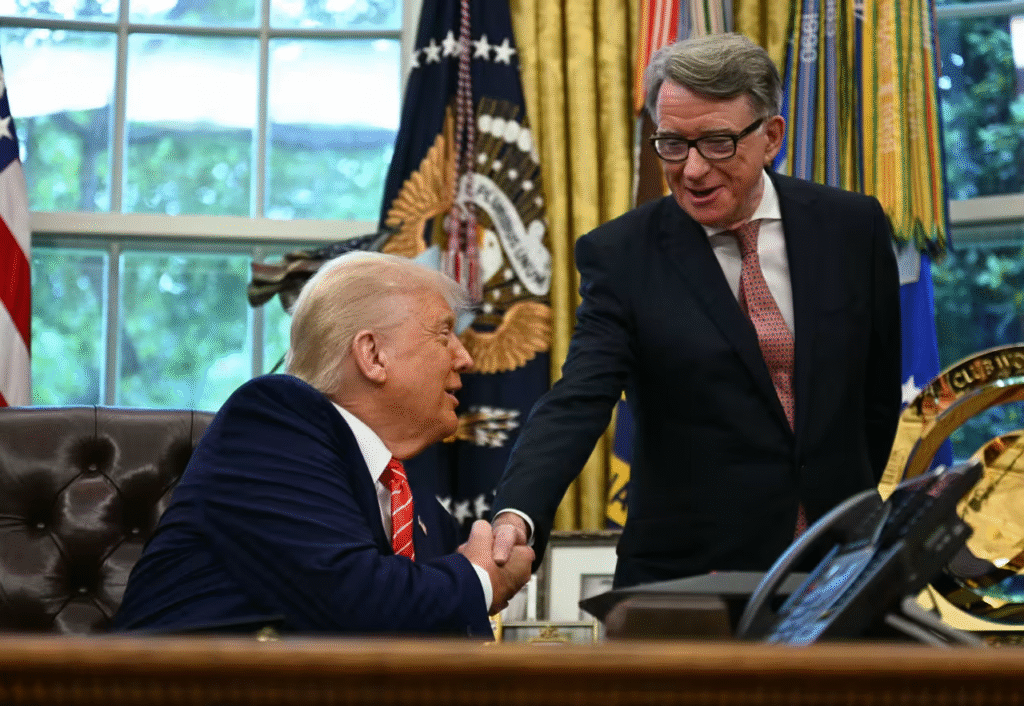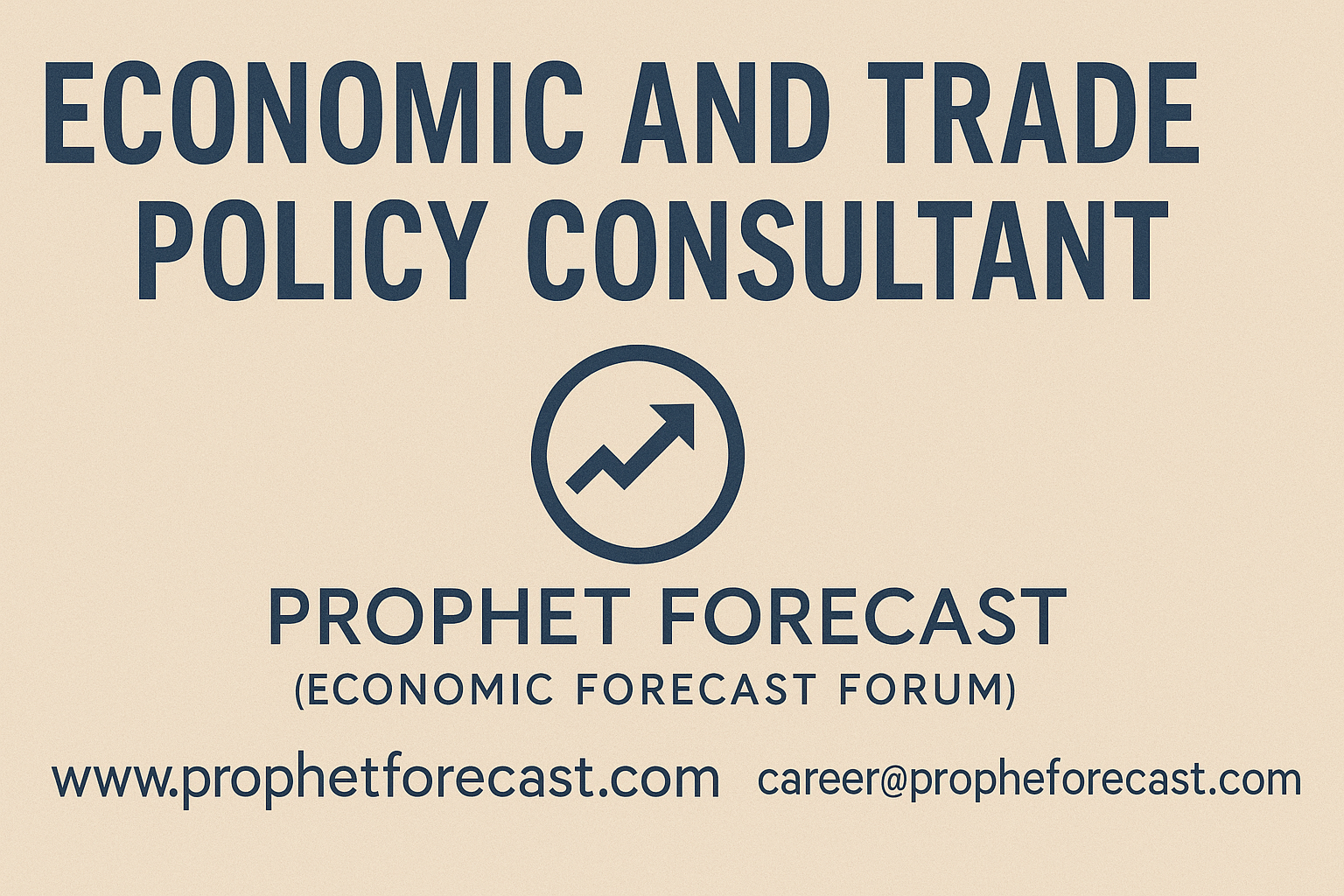Inflation data could spark more volatility with Fed stuck in ‘wait-and-see’ mode
Deals may matter more than data, including inflation readings, for stock-market investors looking for clarity around President Donald Trump’s tariff plans in the week ahead.
The market is “more focused on tariff developments – maybe more so than even before the Fed meeting” last week, said Adrian Helfert, chief investment officer for wealth, alternative and multiasset portfolios at Westwood, in an interview.
Federal Reserve Chair Jerome Powell underscored the uncertainty in his news conference Wednesday, after the central bank’s widely anticipated decision to leave interest rates unchanged.

The Fed is weighing rising risks to both inflation and unemployment, the two guideposts of its policy mandate. Rising inflation would call for keeping monetary policy tight, while weaker growth would argue for more loosening. Powell indicated policymakers are in no hurry to make any moves, using the phrase “wait and see” a dozen times in around 45 minutes to describe their stance.
Still, a surprising round of inflation data – with the April consumer-price index due out Tuesday – could certainly move the market, analysts said. Consumer prices fell in March for the first time since 2020, but the threat of higher U..S. inflation is likely to persist as long as the Trump White House keeps higher tariffs in place.
However, a steady moderation in core inflation readings has resulted in expectations for tariff-related increases in consumer prices to remain within their recent range, “as opposed to a paradigm-shifting breakout in CPI,” rates strategists Ian Lyngen and Vail Hartman at BMO Capital Markets said in a Friday note.
Some investors fear progress on trade talks, or further concessions on tariff rates by the Trump administration, may not be enough to extinguish concerns that the U.S. economy is headed for recession – with companies unable to offer clear guidance on what’s in store for earnings amid the policy uncertainty.
“We’re usually upbeat and optimistic about things, but I guess we’re more comfortable putting our head in the sand at the moment, and to some degree taking some chips off the table,” said George Young, partner and portfolio manager at Villere & Co. in New Orleans, in a phone interview.
The S&P 500 SPX was trading near an all-time high in February, seemingly shrugging off tariff-related pronouncements by Trump. At the time, Young said price action didn’t guarantee investors would look past future developments on that front.
When Trump unveiled his plans for sweeping “reciprocal” tariffs, on top of a 10% universal basic tariff, against most U.S. trading partners after the market close on April 2, stocks went into a tailspin – with the S&P 500 closing 18.9% below its Feb. 19 high on April 8.
Stocks have since bounced back strongly as Trump delayed and otherwise modified some tariff proposals, while indicating 145% tariffs on Chinese imports would decline. The S&P 500 exited the market correction it entered in April by the end of the month and sits just 7.9% below its record as of Friday’s close.
Young, however, doesn’t think the all clear has been sounded. While Villere & Co. has “dipped a toe” into the market over the past few weeks, it makes sense overall to remain hunkered down until the fallout from the trade war is more apparent, he said.
After all, he noted, investors can get around 4% interest on a money-market fund and 5% on a 10-year corporate bond, compared with a “lumpy” 8% or 9% in stocks.
Read: Trump’s U.K., China trade talks come after billions in tariff damage already done – but investors still have options
“You’re kind of paid to sit and wait,” said Young, who sees stocks as vulnerable to a potential retest of the April lows. “You may pay taxes on that money-market fund or bond, but at the same time it’s not a bad idea to keep your head low during what may be a volatile period.”
The past week saw the S&P 500 book a 0.5% weekly drop, while the Dow Jones Industrial Average DJIA shed 0.2% and the Nasdaq Composite COMP fell 0.3%.
Westwood’s Helfert argued that some of the confusion around tariffs is clearing. When Trump rolled out his tariff plan on April 2, it was described as an effort to raise $500 billion to $600 billion in revenue to help pay for tax cuts and shrink the deficit. But it was also portrayed as an effort to reach a neutral trade balance with other countries.
Those goals aren’t in sync, Helfert noted. Since then, however, it’s become clear that the tariffs are more about ensuring economic security in key sectors – which means there is room for the rebound to continue, but that investors need to be sure to “get their sectors right,” he told MarketWatch in an interview.
Helfert said the efforts appear aimed at ensuring self-reliance in five key areas: pharmaceuticals, food, energy, chips and rare-earth metals.
“When you view it through that lens, all of a sudden it becomes less of a wholesale change in the structure of the economy, and more simply that we need manufacturing capabilities for each of those verticals in the United States,” he said. That means there’s potential for more upside in the market, but capitalizing on that potential means “getting your sectors right and getting your individual companies that can participate in that new paradigm.”
In other words, there may still be winners and losers within those sectors. Take energy, for example, where the administration’s desire for increased oil production (CL00) and lower prices for drivers and consumers is making life difficult for exploration and production companies, as well as oilfield-services firms and others tied to capital expenditures. Pipeline providers and other transportation infrastructure, meanwhile, stand to benefit, Helfert added.
Check out: How Trump’s Middle East visit to push OPEC+ for more oil could end up hurting U.S. producers
Helfert is also encouraged by signs Trump is paying attention to the stock market. That makes the president less likely to persist with measures that are seen as holding the market down.
Indeed, Trump on Thursday said investors “better go out and buy stock now” as he described a trade deal with the U.K. and talked up this weekend’s negotiations between the U.S. and China.

Besides the April CPI reading on Tuesday, the economic calendar also brings April retail sales and the producer-price index on Thursday. Also on tap Thursday are: the New York Fed’s May Empire State manufacturing index; the Philadelphia Fed’s May manufacturing index; April industrial production and capacity utilization figures; data on March business inventories; and a gauge of home-builder confidence.

